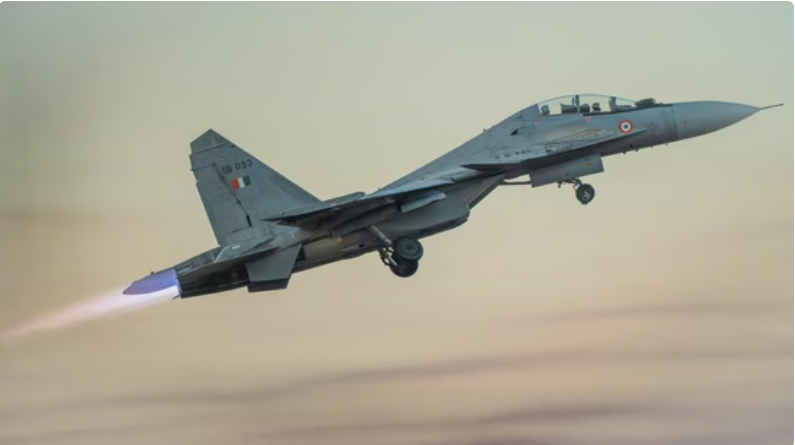India’s first-ever multinational air exercise, Tarang Shakti, represents a pivotal moment in the country’s defense strategy and international relations. The exercise is set to bring together air forces from around the world, marking a significant milestone in India’s efforts to bolster its defense capabilities while simultaneously enhancing diplomatic ties with other nations.
Objectives of Tarang Shakti
The primary goal of Tarang Shakti is to enhance interoperability between the Indian Air Force (IAF) and the participating air forces. This involves coordinated operations, joint missions, and the sharing of best practices and strategies. By engaging in such complex and collaborative exercises, the IAF aims to improve its operational readiness and ensure that it can effectively work alongside other global air forces in various scenarios, ranging from humanitarian missions to combat operations.
Strategic Significance
The exercise is not just a military drill but also a demonstration of India’s evolving defense strategy and its commitment to maintaining regional stability. Air Chief Marshal VR Chaudhari’s statement that the exercise is not directed against any specific nation is crucial in this context. It sends a clear message that India’s military advancements and collaborations are geared towards fostering global peace and security rather than escalating tensions in any specific region.
International Participation
The participation of multiple countries in Tarang Shakti underscores India’s growing influence and its role as a major player on the global stage. By hosting such an extensive exercise, India is signaling its readiness to take on a leadership role in international security matters. The exercise will see the deployment of advanced aircraft from different nations, alongside India’s own state-of-the-art fleet, including fighters, transport aircraft, and helicopters. This not only showcases India’s technological advancements but also provides a platform for other countries to demonstrate their capabilities.
Diplomatic and Defense Implications
Tarang Shakti is expected to strengthen India’s diplomatic ties with the participating countries. Military cooperation often serves as a foundation for broader diplomatic relations, and by engaging with other nations in such a significant exercise, India is laying the groundwork for deeper partnerships in defense and other strategic areas. The exercise is also an opportunity for India to learn from the experiences of other air forces, potentially influencing future acquisitions, training programs, and operational strategies.
Showcasing India’s Capabilities
For India, Tarang Shakti is as much about showcasing its military prowess as it is about learning and collaboration. The IAF’s participation with its most advanced aircraft and skilled pilots will demonstrate India’s growing capabilities in air defense and power projection. This is particularly important in the context of India’s strategic interests in the Indo-Pacific region, where maintaining air superiority and a robust defense posture is essential.
By hosting Tarang Shakti, India is not only enhancing its military preparedness but also making a significant statement about its role as a responsible global power. The exercise reflects India’s commitment to peace and stability, its willingness to engage in meaningful international cooperation, and its ambition to be a key player in global security affairs. As the exercise unfolds, it will likely pave the way for more such collaborations in the future, further solidifying India’s position on the world stage.








